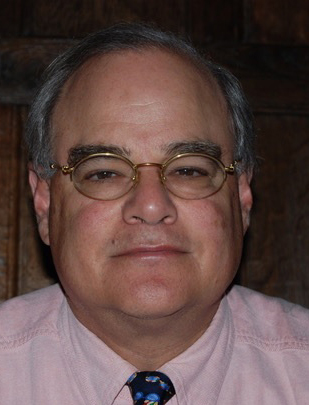
By Edward Dean Butler
Jan. 19, 2022
Dramatically increasing optical sales is not as complicated as it may seem. During my years building LensCrafters as the company’s founder, and in my other optical business endeavors, I found that a few simple principles made a significant difference to how many products we sold. Here are the key actions to take that could result in an average optical sale as high as $1,400.
Hire a sales manager with a strong track record in retail selling outside the optical industry
Put this person in charge of everything that happens “out front.”
If we take an average, financially successful optical retail location, staffed with people who have good optical technical skills, and bring in a highly experienced general retail manager, with no optical background, you will add at least 50 percent to revenue by the end of one year. This works because great retailers create enthusiasm among customers who complete their visit “enthusiastically satisfied.”
My experience, over and over, across the world, is that you can teach optics to a great retailer, but it is essentially impossible to teach “retailing” to a traditional optician. But do not lose the skilled optician! The person with selling skills manages the customer through frame selection, until it is necessary to turn the customer over to the experienced optician. You say to the customer, “Susan is our lens and fitting expert. She will get you into the lenses that are right for you.”
Display frames that sell well & purchase from five vendors at most
Only display best sellers. Do not let frame representatives talk you into new styles. Neither they nor you know if they will sell, so do not risk new styles. From each of your vendors, display only the very best sellers. Demand popularity statistics from the reps. You must keep meticulous records of what sells, but you are likely to be missing top sellers when you do not display them. By the way, I have always been amazed that the best-selling frames tend to be rather basic styles.
You do not need nearly as many “designer” frames as most opticians and optometrists think. Find vendors with high-volume styles that are not top brands.
When you get this really right, your frame cost should be between 15-24 percent of the net selling price, net of discounts. If your frame cost is above this, you are not maximizing potential.
When you become really good at frame selection, tell your vendors you want an extra 10 percent discount in return for you giving up return/exchange privileges. When you are “stuck” with frames you cannot sell, use them for special sales or charity.
Market, mainly via simple e-mail, to your patient base at least every two months
The peak response time for a patient/optical customer to buy another pair of glasses is six months after they bought the previous pair. Send out periodic e-mail messages talking about new products (not only eye health). Give patients a reason to revisit, such as a small discount. Do not wait until the time of a traditional “recall.”
One of my businesses, where we did an especially good job of marketing to our customers, had a purchase frequency averaging every 10 months. And keep in mind that good marketing to your patient base is inexpensive. The challenge is to create impactful communication – which you might have to outsource (a whole separate subject for some other time, and one where most optical people do a poor job).
Other Articles to Explore
Sell Frames & High-Quality Vision, Not Lens Brands
Always remember: the vast majority of your patients/optical customers are primarily looking for a great-looking pair of glasses with lenses that give them high-quality vision. Most patients don’t care about the brand of the lenses in their glasses.
Case in point: I have a friend with several high-end optical shops. His sales staff focus on selling frames, but do almost no “selling” of lenses. In fact, most of the lenses they fit are high-quality, but “basic.” The opticians do not talk about lens brands. Average sale? $1,400 per pair, with many multi-pair sales.
 Edward Dean Butler was a marketing executive at Procter & Gamble for 14 years before helping a colleague found what is now Vision Works. He then founded LensCrafters, with the famous “glasses in about an hour” slogan. After five years at LensCrafters Mr. Butler left to found Vision Express in the UK and Australia. Today he serves on several Boards of Directors, including Neurolenses in the USA and Eyoto (ophthalmic instruments) in the UK. To contact him: edeanbutler@gmail.com
Edward Dean Butler was a marketing executive at Procter & Gamble for 14 years before helping a colleague found what is now Vision Works. He then founded LensCrafters, with the famous “glasses in about an hour” slogan. After five years at LensCrafters Mr. Butler left to found Vision Express in the UK and Australia. Today he serves on several Boards of Directors, including Neurolenses in the USA and Eyoto (ophthalmic instruments) in the UK. To contact him: edeanbutler@gmail.com

























